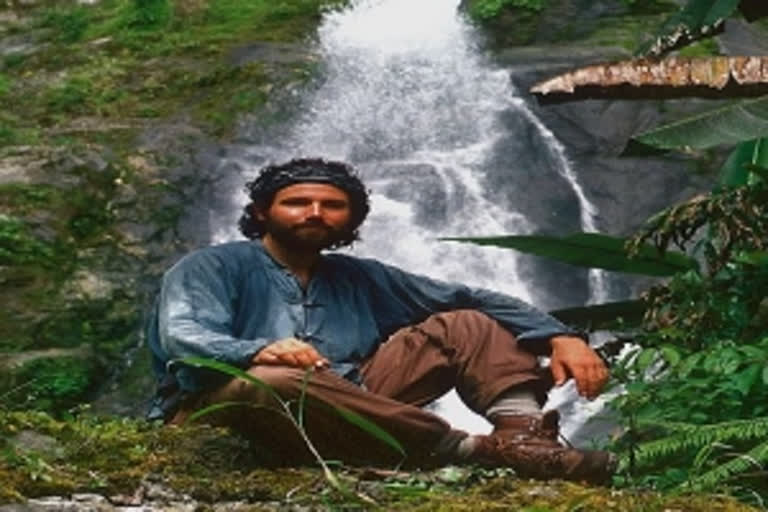New Delhi: The site where China is planning to erect the world’s largest hydroelectricity dam on the Yarlung Tsangpo-Brahmaputra river is one of the last unexplored stretches on earth and finds mention as a mystic land in the beliefs and legends of Tibetan Buddhists where it is called ‘Beyul Pemako’ or ‘hidden paradise’.
Following old hunters’ trails, tribal legends, and cryptic ancient Tibetan texts, it was only in 1998 that the course of the Tsangpo was navigated in its entirety for the first time by Ian Baker, an American anthropologist, Buddhist scholar and explorer.
He reached the 108-feet ‘hidden falls’ which till then was the stuff of fables even as many questioned its existence.
Asked about China’s recently-announced plan to dam the Tsangpo river near the ‘Great Bend’ region, Baker told ETV Bharat on email: “I think it would be a terrible idea for the Chinese authorities to actualise plans for damming the Tsangpo-Brahmaputra river in the region of the Great Bend, and thus altering one of the most pristine remaining ecosystems of the planet and negatively impacting the lives of all who live downstream.”
“Despite China’s need for water, I sincerely hope that such a technically fraught project won’t come to pass.”
After the 1998 discovery of the falls that was sponsored by National Geographic, Baker wrote of his unique experience in his book ‘The Heart of the World: A Journey to the Last Secret Place’, where the foreword was written by the Dalai Lama.
Also Read: 'China's Tsangpo dam only with India, Bangladesh collaboration'
Baker was also intrigued by beliefs that accounts believed to have been orally transmitted by Padmasambhava (an enlightened being) and his consort Yeshe Tsogyal in the 8th century described routes leading into hidden lands.
Hidden and unexplored since time immemorial, many believe the ‘hidden falls’ stretch of the Tsangpo is the entrance to the secret and mythical paradise of Shambhala, a Buddhist paradise equivalent to the Hindu ‘Siddhashram’ or the Christian ‘Eden’.
At the ‘Great Bend’ stretch, so-called because the Tsangpo suddenly takes a 180-degree turn before entering Indian territory in Arunachal Pradesh, the churning river ploughs through very deep gorges plunging from some of earth’s highest peaks like Gyala Peri (7293 m) and the Namcha Barwa (7780 m).
In a mere 30-km-long stretch, it descends 2,000 metres before entering Arunachal. The plunging depths are so deep that even remote sensing satellites find it difficult to pry.
Also Read: China-made drones new ‘terror toys’ on LoC, IB
Baker wrote about the difficulties of his journey to the place with the Tsangpo gorge thrice as deep as the Grand Canyon (in the US) at many places, where besides the mighty range of mountains, “there were dense forests inhabited by wild and friendly tribes.
Add to this the climate which varied from the sub-tropical to the arctic. The only consistent thing was the perpetual rain, the snakes and wild animals, giant stinging nettles, and a number of biting and blood-sucking ticks.”
The explorer achieved what he set out to, which turned out to be a confluence of two narratives: “The western narrative of a search for numerous landscapes, and the Tibetan quest for a paradise in which the human condition could be transformed.”
Also Read: Eyeing China, India courts Djibouti with sugar and rice



